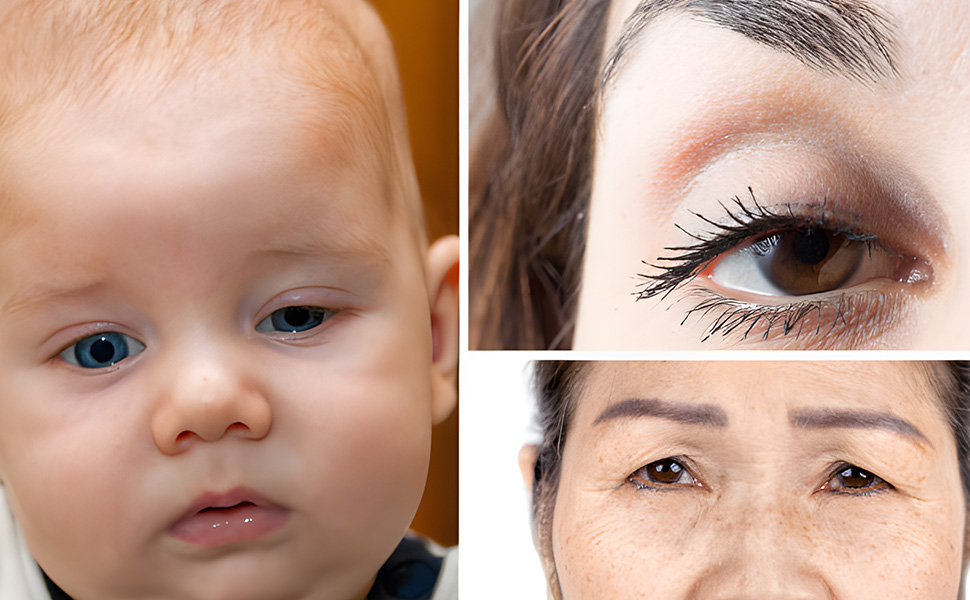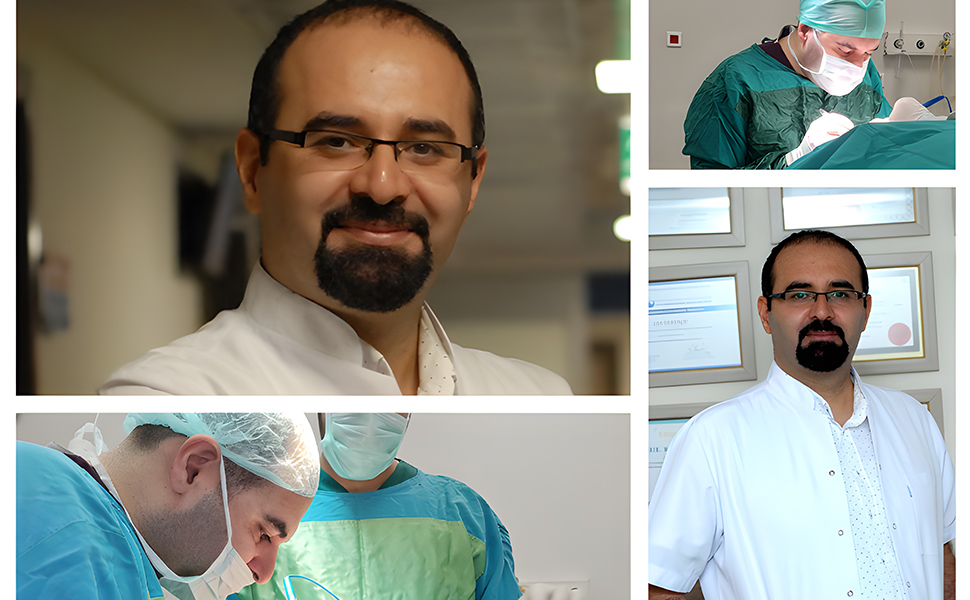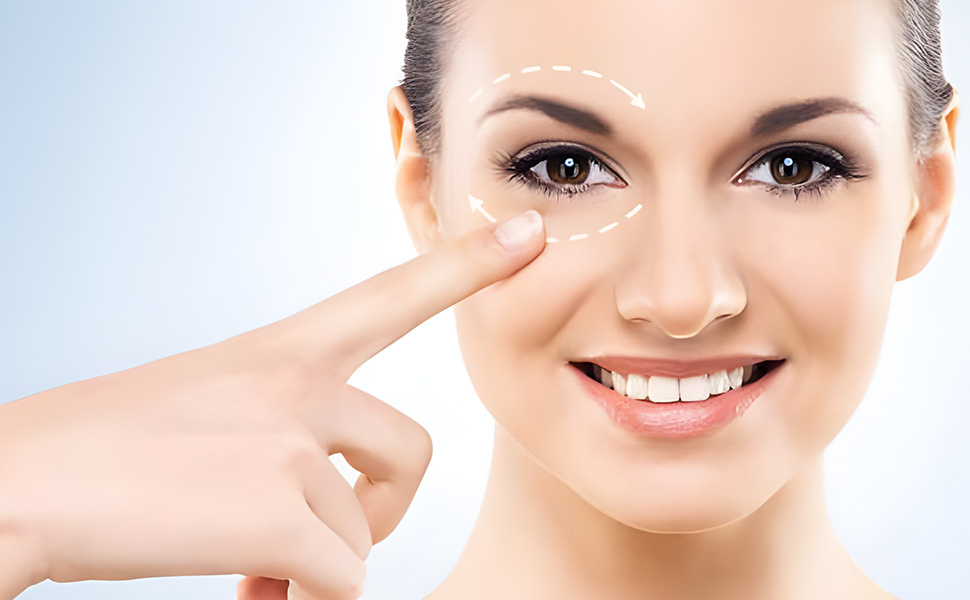
Drooping eyelids, medically ptosis It is a condition in which one or both upper eyelids droop lower than normal. This can cause undesirable cosmetic problems and give people a tired appearance.
In more severe cases, drooping eyelids If it covers part or all of the eye, it can cause vision problems, as well as other conditions such as headaches from raising the eyebrows to lift the eyelids. Drooping eyelids Children with ptosis are at risk for vision problems. If a child's eyelid droops, obstructing vision, lazy eye may develop.
Drooping eyelids are a significant aesthetic problem in adults. They can cause a tired appearance and negatively impact social life. Furthermore, drooping eyelids in adults not only pose a cosmetic problem but also cause a narrowing of the visual field. In children and infants, they can negatively impact vision development.
PtosisIt is the abnormally low position of the upper eyelid, which may be congenital or acquired. Children are born ptosis may be born with. This is a condition that lifts the eyelids in the levator muscle indicates a defect. Congenital drooping eyelids It can range in severity from mild to severe, but it is important for children to be evaluated quickly to ensure normal visual development.
Congenital ptosis It is present at birth and tends to be nonprogressive. It is usually unilateral (). It is commonly caused by poor development of the eyelid muscle or its replacement by fibrosis, fat, or connective tissue. Drooping eyelids can cause cosmetic, functional, and psychological problems in children. Congenital ptosis eyes, especially those with one side, at every stage lazy eye They are prone to.
Ptosis It most commonly affects older people later in life, caused by age-related changes in the muscles that lift the eyelids, eye trauma, cataract surgery, or contact lens use.
Various neurological conditions drooping eyelids It can be caused by conditions such as myasthenia gravis or myotonic dystrophy, but these are less common and are usually associated with other symptoms such as double vision or generalized muscle weakness. The eyelids may also droop when aggravated by swelling or large cysts.
Unfortunately, in most cases it is not possible to prevent ptosis, and in patients with age-related ptosis, drooping can progressively worsen over time.

The type of treatment offered depends on many factors, but surgery is recommended for patients with severe ptosis that affects vision and appearance. The surgeon corrects the problem by surgically lifting one or both eyelids.
Ptosis treatmentBy significantly improving your field of vision, it improves your overall quality of life. It can provide relief from eye strain, eyebrow pain, and other symptoms commonly associated with drooping eyelids. Furthermore, the surgery improves your cosmetic appearance, making you appear less tired, and creating eye symmetry.
Drooping eyelid surgery The procedure is usually performed under local anesthesia with sedation or general anesthesia in children. It takes approximately 45-90 minutes, depending on whether one or both eyelids are being treated.
Surgical correction of ptosis for levator resection And frontal suspension There are many procedures available such as. Levator resection While it is beneficial for those with poor to good levator function (>4 mm), the sling procedure is used for those with poor levator function (<4 mm). As the patient's levator function improves, in levator surgery success rate increases. Therefore, in cases where the levator function is above 4 mm, levator surgery However, it is also possible that the eyelid may not come to a sufficient position after surgery.
For this reason, we try to increase the chance of success by looking at different variables during the surgery and making additions to our procedures during the surgery.

Congenital drooping eyelid surgery There are many different ages, techniques and situations for Ptosis surgery I believe that it is not possible to make a decision by looking at a single factor or a single variable.
For example congenital drooping eyelids In a small group of patients with preoperative levator function of 4 mm and a patient with very poor function, a facial graft was used. ptosis surgery Despite my planning, we changed our decision during surgery with general anesthesia. levator surgery We returned and saw that the eyelid function was good after the surgery and the eyelid was lifted sufficiently.
Well ptosis surgery It should be planned individually and it should be kept in mind that different results may occur depending on neurological adaptive changes, regardless of the examination details. Age-related valve drooping It has relatively better and more predictable outcomes than congenital ptosis. Patient satisfaction is high, and surgical outcomes are more predictable.

Drooping eyelid surgery The recovery period is relatively short, with most patients able to return to work after one week. During the first week after surgery, patients are given a thick antibiotic ointment to blur their vision. If your job requires heavy lifting, it's recommended that you rest for one to two weeks before returning to work. After three months, the eyelid should be fully healed.







